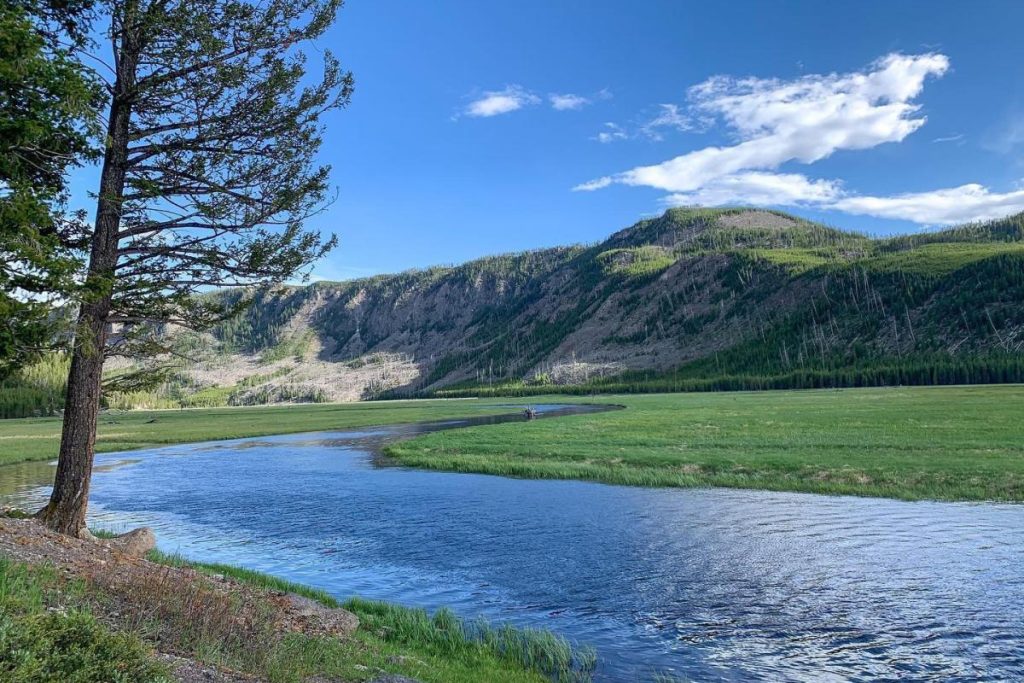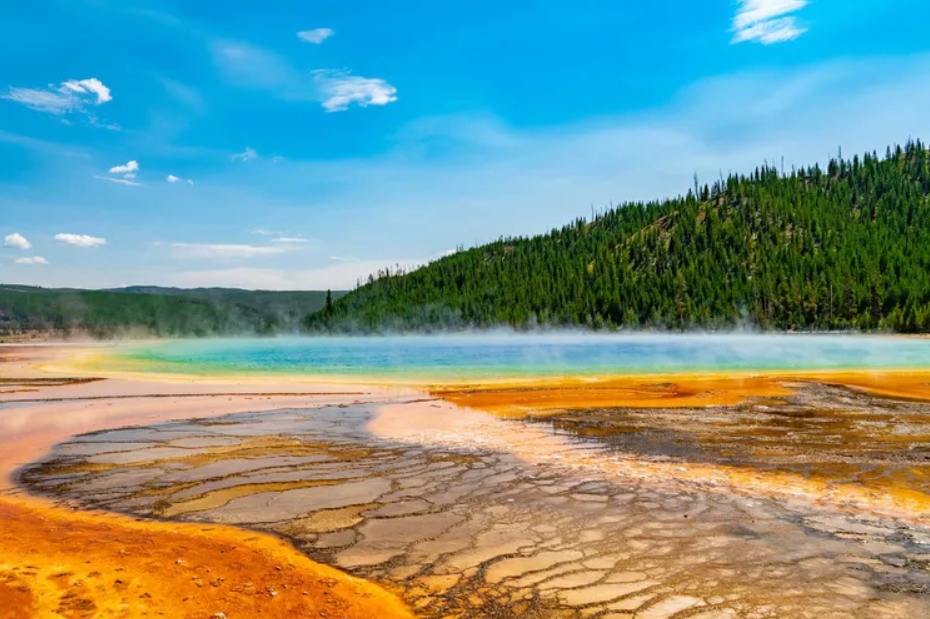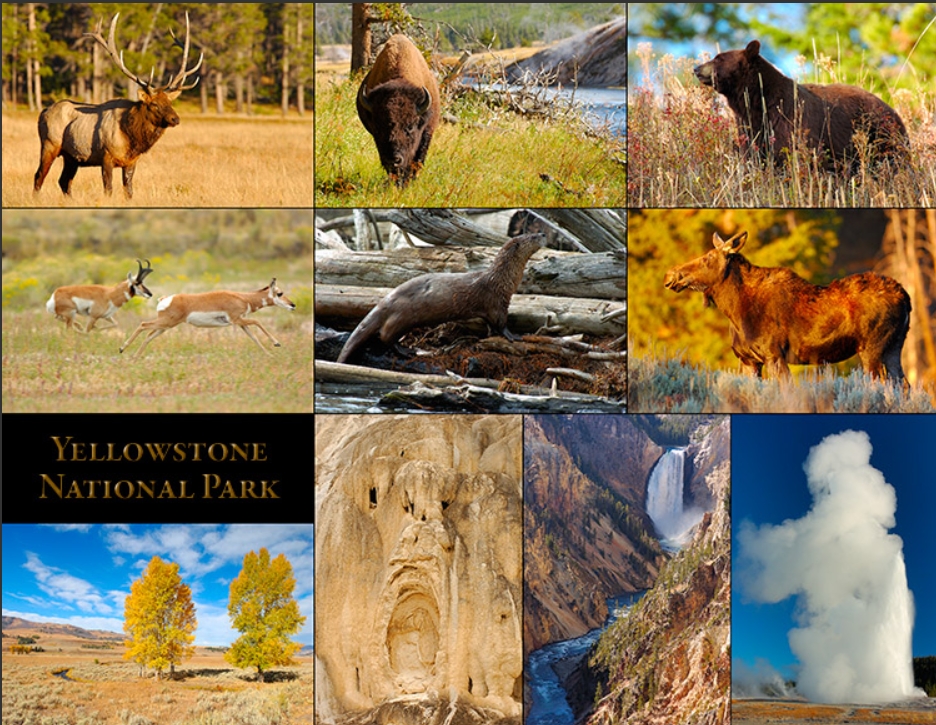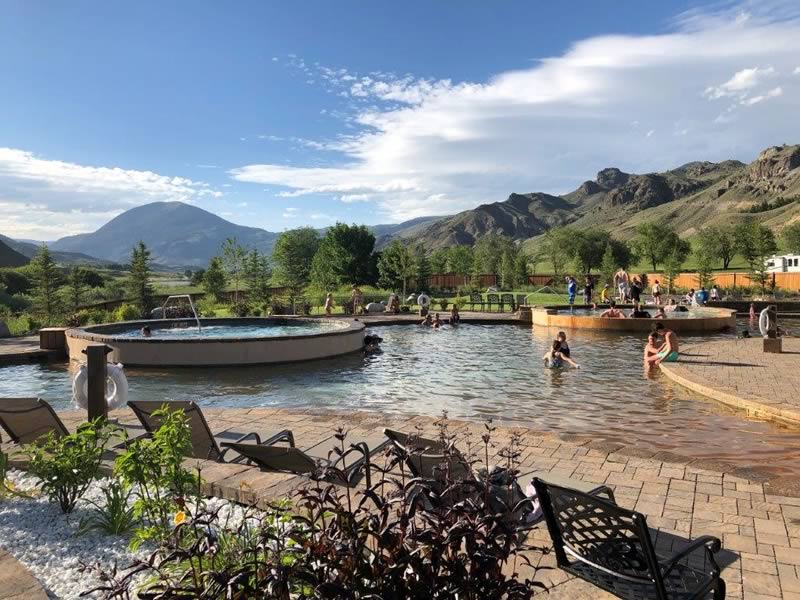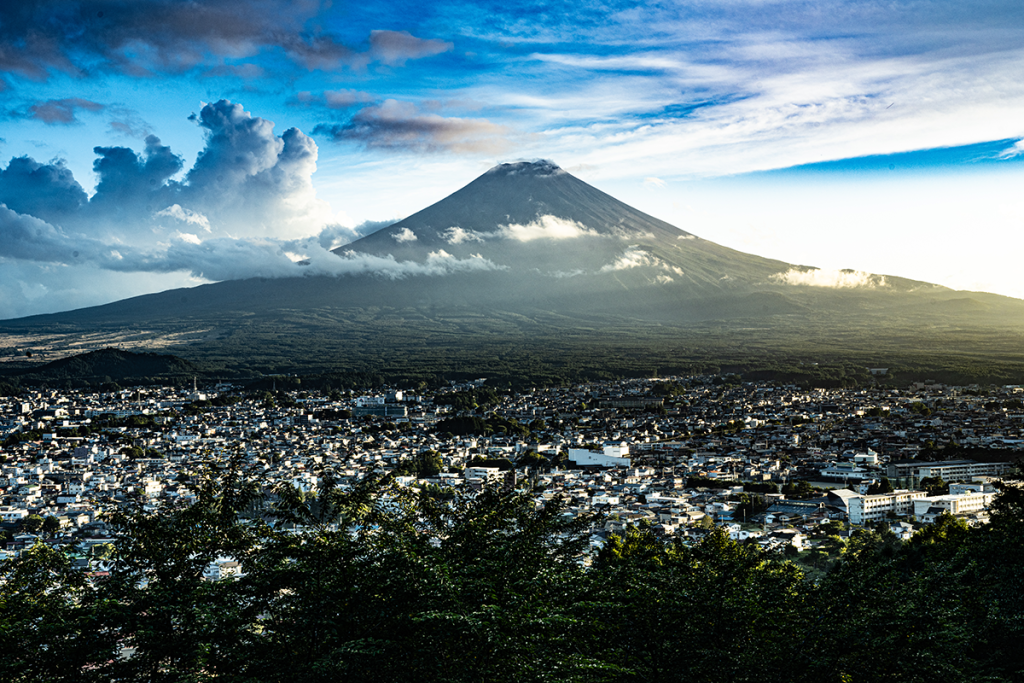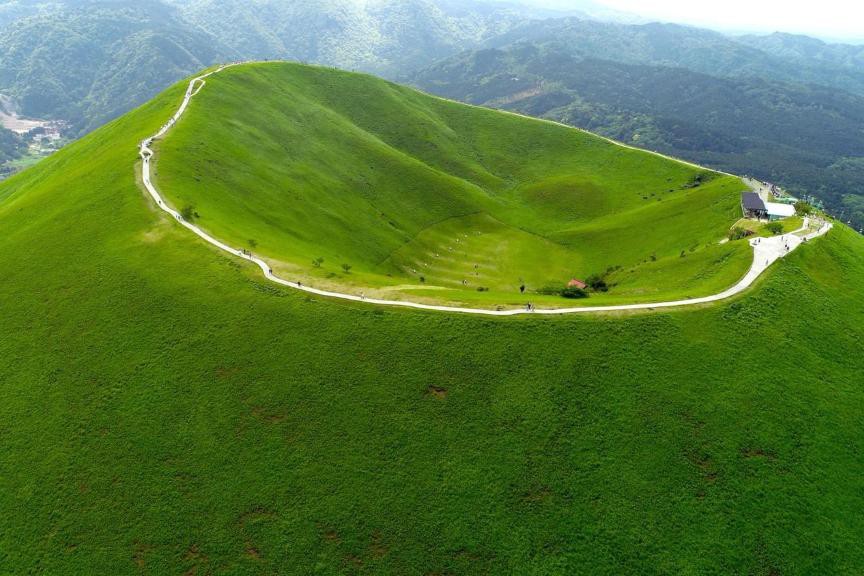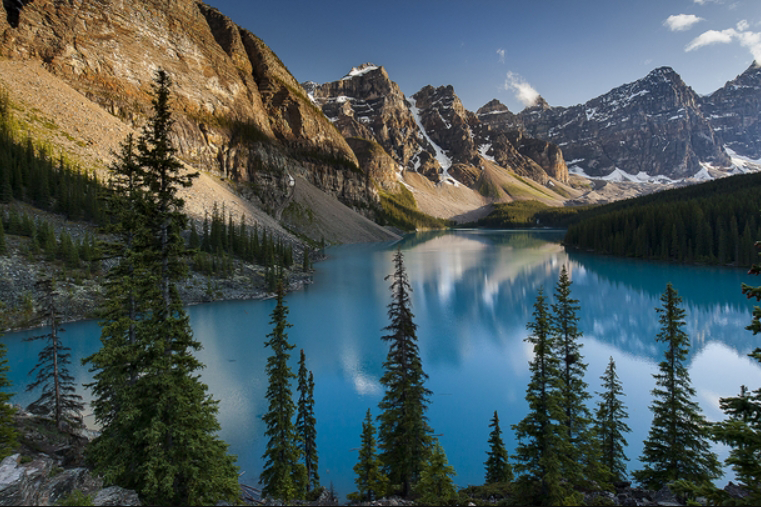Exploring the Unique Geology of Yellowstone National Park
Yellowstone National Park is renowned for its unique and diverse geology. Located in the northwest corner of Wyoming, the park is home to a variety of geological features, including hot springs, geysers, mudpots, and fumaroles. These features are the result of the park’s location atop a volcanic hot spot, which has been active for millions of years.
The park’s most famous geological feature is the Yellowstone Caldera, a large volcanic crater formed by a series of massive eruptions that occurred over the past two million years. The caldera is approximately 34 miles long and 45 miles wide, and is the largest active volcano in North America. The caldera is home to the world’s largest concentration of geysers, including the iconic Old Faithful.
The park is also home to a variety of other geological features, including hot springs, mudpots, and fumaroles. Hot springs are created when heated water from deep within the Earth’s crust rises to the surface. The water is heated by magma, which is molten rock located beneath the Earth’s surface. Mudpots are created when hot water and steam mix with clay and other minerals, creating a bubbling, mud-like substance. Fumaroles are vents in the Earth’s surface that emit steam and other gases.
The park’s unique geology has made it a popular destination for geologists and other scientists. The park’s features provide a unique opportunity to study the Earth’s processes and the effects of volcanic activity. The park is also home to a variety of wildlife, including bison, elk, and grizzly bears, making it a popular destination for tourists as well.
Yellowstone National Park is a unique and fascinating destination for anyone interested in geology. Its diverse and unique features provide a unique opportunity to study the Earth’s processes and the effects of volcanic activity. The park is also home to a variety of wildlife, making it a popular destination for tourists as well.
A Guide to the Best Wildlife Viewing in Yellowstone National Park
Yellowstone National Park is one of the most beautiful and diverse natural areas in the United States. It is home to a wide variety of wildlife, including bison, elk, wolves, bears, and many other species. For visitors to the park, the opportunity to observe these animals in their natural habitat is a unique and unforgettable experience.
To ensure the safety of both visitors and wildlife, it is important to follow the park’s regulations and guidelines for wildlife viewing. Here are some tips for the best wildlife viewing in Yellowstone National Park:
1. Respect the wildlife. Remember that you are a visitor in the animals’ home. Do not approach or feed the animals, and keep a safe distance at all times.
2. Be aware of your surroundings. Pay attention to signs and warnings, and be aware of your location in relation to the animals.
3. Use binoculars or a spotting scope. This will allow you to observe the animals from a safe distance.
4. Visit the Lamar Valley. This is one of the best places in the park to view wildlife, especially bison, elk, and wolves.
5. Visit the Hayden Valley. This is another great spot for wildlife viewing, especially bears.
6. Visit the Mammoth Hot Springs. This area is home to a variety of animals, including bighorn sheep and elk.
7. Visit the Grand Canyon of the Yellowstone. This area is home to a variety of birds, including bald eagles and ospreys.
8. Visit the Old Faithful area. This area is home to a variety of animals, including bison, elk, and bears.
9. Visit the Madison River area. This area is home to a variety of birds, including trumpeter swans and sandhill cranes.
10. Visit the Firehole River area. This area is home to a variety of birds, including ospreys and bald eagles.
By following these tips, you can ensure a safe and enjoyable wildlife viewing experience in Yellowstone National Park. Remember to respect the wildlife and be aware of your surroundings at all times. Enjoy your visit!
Uncovering the History of Yellowstone National Park’s Hot Springs and Geysers
Yellowstone National Park is renowned for its incredible hot springs and geysers, which have captivated visitors for centuries. The park’s thermal features are the result of a unique combination of geology, hydrology, and climate. To understand the history of these features, it is important to explore the geological processes that created them.
The Yellowstone region is located atop a large volcanic caldera, formed by a series of massive eruptions that occurred over the past two million years. These eruptions released large amounts of magma, which cooled and hardened to form a thick layer of basalt. This basalt layer acts as a barrier, trapping heat and water beneath the surface.
The heat and pressure from the magma below cause the water to become superheated, and it rises to the surface in the form of hot springs and geysers. The hot springs are the result of water that is heated to temperatures of up to 200 degrees Fahrenheit, while the geysers are the result of water that is heated to temperatures of up to 400 degrees Fahrenheit.
The first known geyser in Yellowstone was discovered in 1807 by a group of fur trappers. They named it “Old Faithful”, and it has since become one of the most iconic features of the park. Since then, many more geysers and hot springs have been discovered, and they have become a major draw for visitors from around the world.
The thermal features of Yellowstone are constantly changing, and new ones are discovered every year. This is due to the ongoing geological processes that are occurring beneath the surface. As the magma continues to heat and pressurize the water, new hot springs and geysers are created.
The hot springs and geysers of Yellowstone National Park are a testament to the power of nature. They are a reminder of the incredible forces that shape our planet, and they provide a unique opportunity to explore the history of the region.
